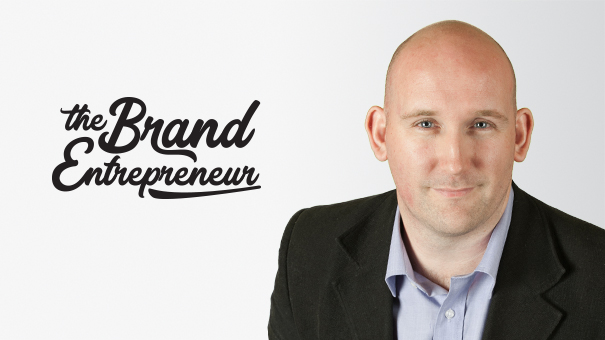
Brand: Watch your language!
For businesses creating, developing or rebranding their brand it pays to remember that not everyone sees the world and interacts with it in the same way that you do.
People interpret, perceive, communicate and engage with the world around them in different ways for a variety of reasons. That’s why identifying your ‘ideal’ customer helps you to focus and speak your customers’ language and attract a stream of leads to your business underpinned by your brand values. When it comes to language, people use different vocalisations (accents), different words (slang) and different terms (jargon) that convey different meanings. The underlying themes running through ‘language’ focus on everything from reinforcing connection, underlining similarities to concepts ranging from certainty, surety, identity, status, control, safety and ultimately survival.
When it comes to your brand language, however, if you want more success or engagement from your brand a powerful exercise is to stop and simply listen to your ideal customer – as often as possible. I don’t mean eavesdrop, stalk or spy on them – nor am I talking about online surveys, questionnaires, focus group or sales calls. I mean listen to and document the actual language and the actual words that they use. This ‘research’ can provide invaluable insights for connecting your customer to your brand and your wider marketing activities. Because your goal is to create a new language – a voice – that talks your customers’ language and introduces a new ‘brand language’ or connection between your brand and your customer.
The problem, however, for many of us in business is that we don’t have the time, inclination, desire or ability to truly listen to another person. It’s a dying art but one skill worth investing in for long-term business, relationship, mindset and crucially brand success.
The truth is, if you don’t know who your ideal customer is, how do you ever expect them to listen or even hear you if you don’t talk to them using their own language? How are you going to cut through the noise? Using the ‘wrong’ terms, jargon or phrases that aren’t familiar can create a gulf or divide between your brand and your customer from the start. This can lead to disengagement, a lack of trust, uncertainty and doubt. Not a great recipe for brand success. When this happens your customer is subconsciously saying ‘you’re not like me!’ and they move away. Its just human nature. Psychologically speaking we avoid pain above everything else – even comfort or pleasure. So it’s true when your mum used to warn you: watch your language! Because language counts when you’re talking ‘brand and marketing’.
Regardless of whether we’re talking ‘tactics’ i.e. your website, landing page(s), sales brochures, ad campaigns, your app, email marketing and follow-up, or even your sales conversations, if you don’t know who you’re talking to from the start – your ‘ideal’ customer – and you’re not speaking their ‘language’, then you’re on shaky ground.
When you don’t know who your ideal customer is, or you aren’t willing to focus on that specific target customer (your Avatar) because you don’t want to miss out on all those ‘other customer opportunities’
– you can’t possibly speak the same language to every customer. There is no one-size fits all option here! Tailoring your brand language to your specific target customer is key.
To clarify: Lawyers use different words than Tradies, who in turn use different words than Bookkeepers.
All of these people use different tones, formalities and styles to communicate. The language they use is distinct and individual to them. So ‘mimic’ these tones and industry terms to build rapport, trust and engagement, but be sincere too. A lack of authenticity will shine through and damage your brand and reputation.
The truth is when you try to speak to everyone, you can’t use the words of the Lawyer or the Tradie or the Bookkeeper. Instead, you’re forced to dumb it down and drop to the lowest common denominator among every potential customer. The result? Nothing! Because you aren’t saying anything of value to anyone – so your brand resonates with no one.
So watch your language, seek connection and engagement by using the same language as your ‘ideal’ customer.
——————————————————————————————————
I hope you gained some benefit or learned something new, insightful or useful from this blog.
As The Brand Entrepreneur, I believe in helping busy business owners and savvy entrepreneurs to be bold when building brands and ‘market smarter’ by deeply defining their ‘ideal’ customer with The ‘My Avatar’ Workshop. Successful brands in the future care about customers, not branding. I believe that future is now. I’m passionate and focused on creating brand stories & design assets that help brands get ‘in sync’ and connected to customers for sustained business growth.
Jamie Thomas – The Brand Entrepreneur
